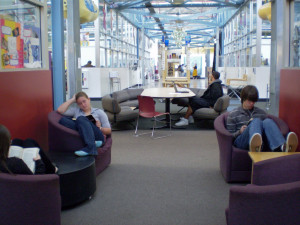The World’s 10 Most Innovative Schools
By Dominick Cooper, 2011 Winner of the DaVinci Scholar Award, 2012 Nominee for Young Entrepreneur of the Year, and University Guest Speaker on Education and Curriculum
Anybody who introduces himself with the title of “Sir” is a pretty amazing person in my book.
Sir Ken Robinson is one such person.
He and many other scholarly, driven educators has helped open the eyes of the media and the public to the need for teaching creativity in school. In a famous TED Talk (above), he makes the profound statement that “Creativity is as important as literacy and we should treat it with the status.” Not only that, but in a huge, widely-publicized study by IBM into 1,000+ CEOs around the world, it was found that creativity was the number one competency looked for in future CEOs – even over integrity and teamwork!
Schools, Learning, and Education cannot fall behind in this 21st Century Survival Skill. After much research, I have found these schools to be exemplary in promoting and fostering creativity in their students. I give you:
The World’s 10 Most Innovative Schools
If you haven’t heard of High Tech High, you are missing out on a gem. Built on the notion that students learn best through hands-on projects and real-life applications, HTH cuts through the “when am I going to use this?” question and teaches its students real, cross-disciplinary concepts. Rather than having classes split into “Math” and “Science,” they may have an engineering class that incorporates both. If you’ve read any creativity articles or books, this cross-disciplinary thinking is foundational to creativity and innovation.
 2. General Assembly
2. General Assembly
There’s a saying (that is usually not true) concerning educators – “Those who do, do. Those who can’t, teach.” Well, what if those who do did teach? That’s what General Assembly is all about – no-fluff real-life skills. This startup, which was featured in Fast Company, is a modular school focused on technology, business, and design. With courses titles like “Financial Modeling for Startups” and “Building a Brand-centric Business Strategy,” this school is an incubator for entrepreneurs and creatives. Craziest part – there is no degree attached to this program. It’s built upon the notion that people want to learn and they want to learn real-life applications. As Thomas Edison said, “Knowledge without application is useless.”
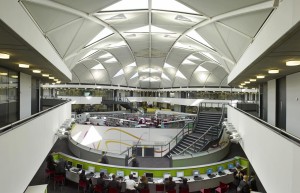 3. Thomas Deacon Academy
3. Thomas Deacon Academy
If you were to look up Thomas Deacon Academy, you would think it was a college and not a high school. Opening on September 2007 in Peterborough, England, it’s a boarding school that houses approximately 2,200 students ranging from 11-19 years old. The academy’s curriculum is centered around a college-system approach with 6 areas of focus – mathematics, science, communications, humanities, arts, and technology. While innovation and creativity require an intersection of different disciplines, specialization is another key component. When you think about, jobs and efforts are rewarded for “specialized knowledge” and not “general knowledge.” By splitting the school up into these intensive, interest-driven colleges, students are able to pursue their passions and grow their talents.
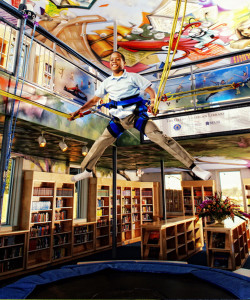 4. Ron Clark Academy
4. Ron Clark Academy
What if Disney World and Willy Wonka designed a private school? What would it look like? This school is basically that. Founded by Ron Clark and Kim Bearden (both recipients of Disney Outstanding Teacher Awards), this academy serves students from 5th grade to 8th grade and gives them experiences that many individuals will not experience in their lives. Within those 3 years, they will take over 30 field trips per year in the United States and travel to 6 out of the 7 continents. The academics are also built around a “Hogwarts” style of competition. Students are split up into “houses” and the houses gain points based on good behavior academics, and basically anything a teacher is trying to promote! They also have a slide to get from the second floor to the first floor. Curriculum-wise, there’s a huge emphasis on public speaking and students must create dances and songs weekly to “re-teach” concepts they’ve learned. If that isn’t creative, I don’t know what is.
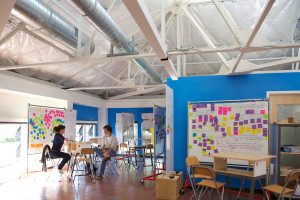 5. Stanford D.School
5. Stanford D.School
The Institute of Design at Stanford – this name is synonymous with creativity and rightfully so. With classes composed of students and faculty majoring in engineering, medicine, business, law, humanities, sciences, and education, inter-disciplinary work is bound to happen. Collaboration is the backbone of the school and the D.School has actually developed a model to solve problems creatively. The school partners with dozens of organizations and tackles real-world problems. And I mean exactly like. They don’t simulate real-world problems – they actually solve them. “You realize that you aren’t going to solve the problem sitting in an office, you need to get out and talk to the people who are actually dealing with it, whether that’s your customers or your front-line employees,” says Bonny Simi, a director at Jet Blue. While D.School does not teach how to be creative in specific fields, it does have a grasp on the essence of creativity and design-thinking and this is what makes it an innovative school.
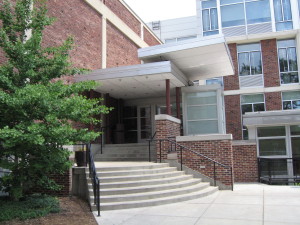 6. Francis W. Parker Charter Essential School
6. Francis W. Parker Charter Essential School
The school’s mission statement reads, “To move the child to the center of the education process and to interrelate the several subjects of the curriculum in such a way as to enhance their meaning for the child.” Aside from the cross-curricular approach to education, the school is also split up differently. The students are separated by “Divisions” rather than grades, and there is a well-defined set of requirements for progressing from division to the next. This allows students to move forward at their own ability and ensures that the schools graduates are all on the same page. Students are also assigned to faculty members who help that student meet are the graduation requirements from division to division. In addition, those in their last year of the school are required to do a “senior project,” where they study independently in a certain discipline and are mentored by someone outside of the school. They must then present this at the school’s “graduation exhibit.” The school places a heavy emphasis on public speaking, project-based learning, and cross-curricular coursework. The results? Students SAT scores are on average in the 75th percentile when compared nationally.
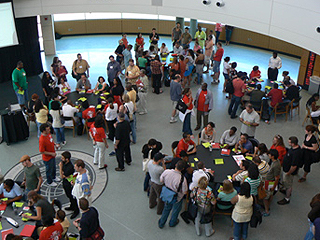 7. Big Picture School
7. Big Picture School
All of the components of the school’s design are based on three foundational principles: “First, that learning must be based on the interests and goals of each student; second, that a student’s curriculum must be relevant to people and places that exist in the real world; and finally, that a student’s abilities must be authentically measured by the quality of her or his work.” With an on-time graduation rate of 90% (versus 69.5% regular schools) and over 95% of their graduates being accepted into college, I would say they are doing just that. The students help create their own personal curriculum, one that reflects and expands their own interests and aspirations. The school days include an off-campus internship generated from each student’s interest; real life training in real-world work. It could be in a law office, design studio, research lab, bank, hospital…it could be anywhere. Big Picture Learning students also tackle college courses. Every quarter they exhibit their work to their advisor, peers, parents, mentors and the community. By using their education in the workplace and then collaborating with other students and professionals, students are not only learning the material, but how successful individuals operate in the real world.
 8. Oklahoma School of Science and Mathematics
8. Oklahoma School of Science and Mathematics
OSSM is a two-year public residential high school open for enrollment during a student’s sophomore year. While it may seem odd to include this prestigious, STEM-type of school under innovative, I do have a reason. A popular quote by Steve Jobs is to “be a yardstick of quality.” That means expect more than just a “foot of excellence” from people. This does far more than get excellent results. It teaches students (and employees too) how to make solutions and not excuses. At OSSM, students study at least 7 academic courses, plus fine arts and physical education, each semester. All courses utilize collegiate textbooks, two-thirds of the faculty possess a doctorate in their academic discipline, and approximately 50% of seniors participate in mentorships with practicing researchers. Imagine what it would be like if this level of expectations was inherent in even elementary schools. Innovation requires risk and any risk carries with it some chance of failure. By having such a standard of excellence, OSSM is preparing its future innovators for dealing with future failures and also future successes.
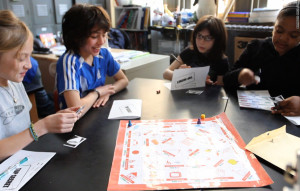 9. Quest to Learn
9. Quest to Learn
A 6th-9th school centered around games. With a faculty that includes curriculum specialists and game designers, Quest to Learn is going head-to-head with the ever-growing challenge of motivating students away from video games and social media. Games work as rule-based learning systems, creating worlds in which players actively participate, use strategic thinking to make choices, solve complex problems, seek content knowledge, receive constant feedback, and consider the point of view of others. As is the case with many of the games played by young people today, Quest is designed to enable students to “take on” the identities and behaviors of explorers, mathematicians, historians, writers, and evolutionary biologists. The curriculum is built upon “challenges,” “experience points,” and other game design principles. Through this approach, students not only learn in a fun environment but they develop techniques that they can use to learn new concepts elsewhere.
 10. Homeschool
10. Homeschool
What?! Yes, it is true. Now, bear in mind, this is contingent on “good homeschooling.” If you don’t know how to help others learn and are unwilling to get someone who does, then you shouldn’t be homeschooling. If the only reason you are homeschool is to shelter your children from the “bad world,” you shouldn’t be homeschooling. Being homeschooled opens up so many creative opportunities to students. The curriculum is flexible, which allows parents to provide what Kirk Phelps, product manager for Apple’s first iPhone (and also a high school AND college dropout), calls a “buffet of opportunities.” Another central element that is pushed in homeschooling and is hugely important for being creative is reading. The flexibility for students to investigate the fields and subjects that interest, read more, and engage in more real-life academic experiences is what can make homeschooling a breeding ground for future innovators.
HAVE YOU HEARD OF OTHER GREAT, CREATIVE EDUCATIONAL INSTITUTIONS? SHARE YOUR THOUGHTS IN THE COMMENTS BELOW!
Stay Smart.
– Dominick



